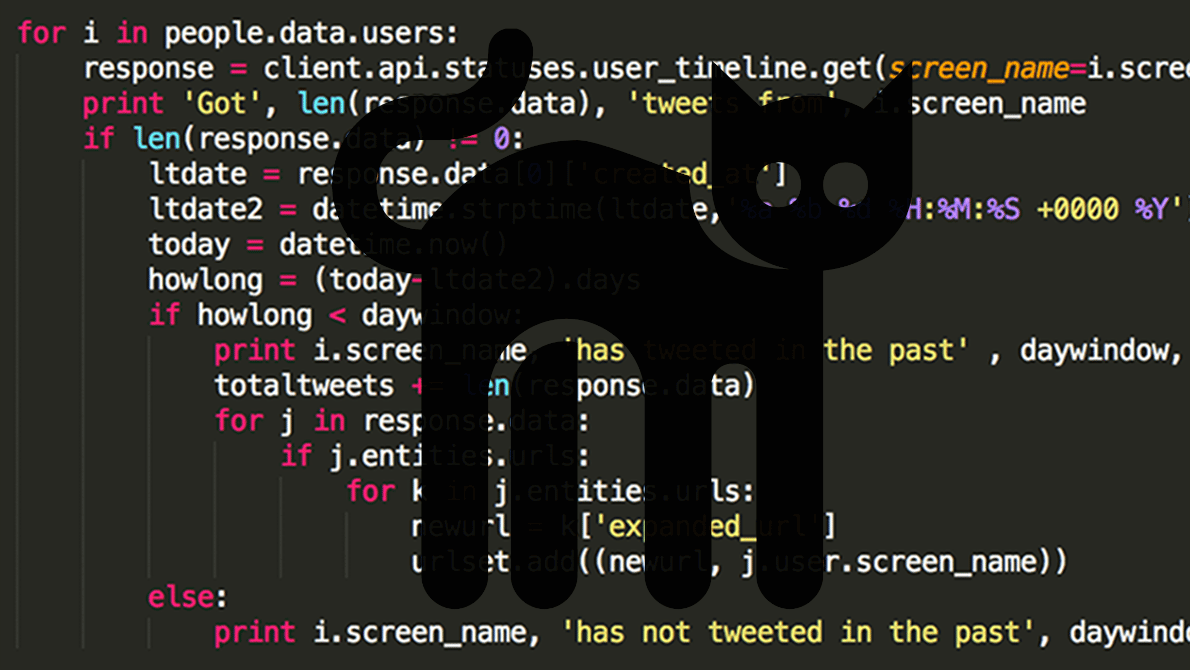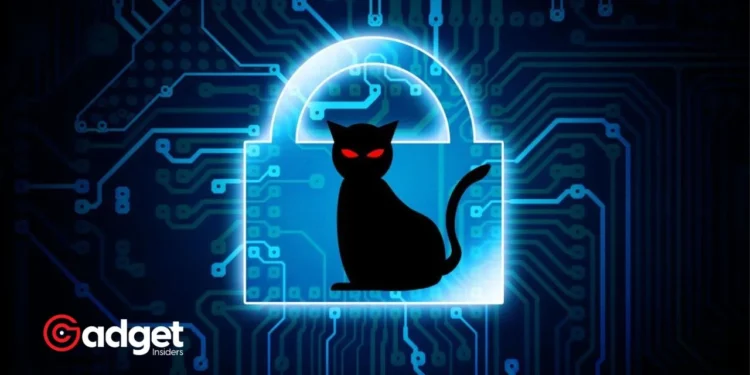In a bold move that underscores the severity of cyber threats facing corporations and infrastructure today, UnitedHealth with the U.S. State Department has announced a staggering reward of up to $10 million for information leading to the identification or location of those behind the nefarious “Blackcat” ransomware group.
This announcement comes in the wake of a significant cyberattack on the UnitedHealth Group’s tech unit, which threw a wrench into the works of insurance payments nationwide, showcasing the tangible impacts of cyber warfare on both the economy and the everyday lives of Americans.

UnitedHealth: The Attack that Crippled a Healthcare Giant
UnitedHealth, a linchpin in the American healthcare system, found itself at the mercy of cybercriminals when its tech unit, Change Healthcare, was targeted in late February. This unit is instrumental in the seamless operation of payments from insurance companies to healthcare providers.
The attack did not just disrupt this process but led to a medical claims backlog with a staggering figure of more than $14 billion. The ramifications of this disruption were felt deeply, with patients and doctors left in financial limbo and community health centers, which serve over 30 million underprivileged and uninsured individuals, facing unprecedented challenges.
US offers $10 million bounty for info on 'Blackcat' #hackers who hit #UnitedHealth. #Cybersecurity #cybercrime https://t.co/avqjzLv5v5
— 🇲🇾Kak Midah aka KM🇲🇾 (@kakmidah) March 29, 2024
The Price of Silence: A $22 Million Ransom
In an even more dramatic turn of events, it was revealed that UnitedHealth had parted with $22 million in ransom, a desperate bid to reclaim control over its systems and data. This move, while controversial, underscores the desperate measures companies are forced to consider in the face of such digital extortion.
However, the resolution remains murky, with no confirmation on whether the “Blackcat” gang honored their end of the deal. Adding to the confusion, the group audaciously posted a fake press release on their website, falsely claiming their operations had been seized by law enforcement, a tactic that muddied the waters further for those tracking their movements.
A Bounty on Digital Marauders
The U.S. government’s response to this crisis is a clear testament to the critical threat posed by ransomware gangs like “Blackcat.” By offering a bounty of up to $10 million, the State Department aims not only to bring these cybercriminals to justice but also to deter future attacks by showcasing the consequences of targeting critical infrastructure and corporations.
The “ALPHV Blackcat ransomware-as-a-service group” is accused of compromising networks not just within the United States but globally, threatening the very fabric of our digital society.

The Road Ahead: Navigating the Cyber Threat Landscape
As we delve deeper into the digital age, the incident at UnitedHealth serves as a stark reminder of the vulnerabilities that come hand-in-hand with technological advancements. The attack on Change Healthcare is not just a story of disruption and ransom; it’s a wake-up call to the importance of cybersecurity in safeguarding our societal structures.
With the U.S. government taking aggressive steps toward neutralizing these threats, the question remains: how will the digital community evolve to combat and prevent such ransomware attacks in the future?
The saga of the “Blackcat” ransomware gang and the fallout from their attack on UnitedHealth opens a new chapter in the ongoing battle between cyber criminals and the guardians of our digital world.
As this story unfolds, it serves as a crucial narrative in understanding the complexities and stakes involved in protecting our digital infrastructure. The $10 million bounty is not just a number; it’s a symbol of the relentless pursuit of justice in the age of cyber warfare.










